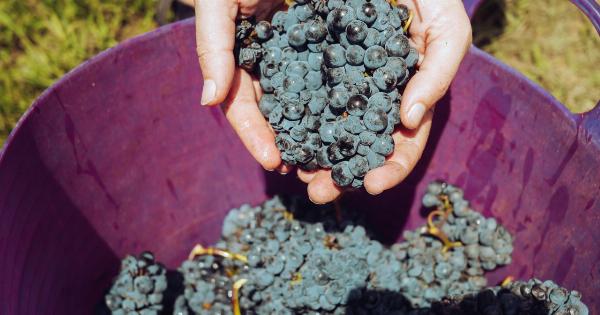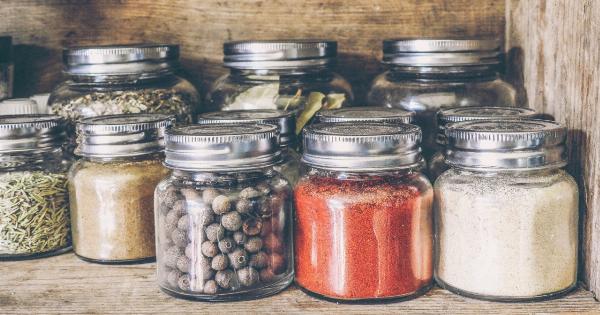Winter can be a challenging time to eat a healthy diet, especially with the abundance of holiday treats and the limited availability of fresh fruits and vegetables.
However, there are still plenty of nutritious options to choose from, if you know where to look. Here are some of the fruits and vegetables with the most nutrients in winter:.
Kale
Kale is a superfood that is packed with vitamins and minerals, including vitamins A, C, and K, as well as potassium, calcium, and iron. It is also low in calories and high in fiber, making it a great choice for weight loss and digestive health.
Kale is a great addition to winter soups, stews, and salads, and can also be roasted or sautéed as a side dish.
Sweet Potatoes
Sweet potatoes are rich in beta-carotene, which is converted to vitamin A in the body and helps to support immune function and vision health.
They are also high in fiber, vitamin C, and potassium, and have a lower glycemic index than regular potatoes, making them a better choice for blood sugar control. Sweet potatoes can be baked, roasted, mashed, or made into soups or casseroles.
Brussels Sprouts
Brussels sprouts are a cruciferous vegetable that is high in vitamin C, fiber, and antioxidants. They also contain sulfur compounds that may help to support liver function and detoxification.
Brussels sprouts can be roasted, sautéed, or shredded raw into a salad for a crunchy and flavorful addition to any meal.
Broccoli
Broccoli is another cruciferous vegetable that is high in vitamin C, fiber, and antioxidants. It also contains compounds that may help to support immune function and prevent cancer.
Broccoli can be roasted, steamed, or sautéed, or added to soups, stews, or casseroles for a boost of nutrition.
Citrus Fruits
Citrus fruits such as oranges, grapefruits, and clementines are in season during the winter months and are a good source of vitamin C, which is important for immune function, skin health, and wound healing.
They also contain flavonoids and other phytochemicals that may help to prevent chronic disease. Citrus fruits can be eaten on their own, used in salads or smoothies, or juiced for a refreshing beverage.
Pomegranate
Pomegranate is another winter fruit that is high in antioxidants and phytochemicals, including ellagic acid and punicalagins.
These compounds have been shown to have anti-inflammatory and anti-cancer effects, as well as benefits for heart health and brain function. Pomegranate seeds can be eaten on their own or used as a topping for salads or yogurt.
Winter Squash
Winter squash such as butternut, acorn, and spaghetti squash are a good source of fiber, vitamin A, and potassium. They also contain antioxidants and anti-inflammatory compounds that may help to prevent chronic disease.
Winter squash can be roasted, mashed, or pureed into soups, stews, or casseroles.
Cabbage
Cabbage is a cruciferous vegetable that is high in vitamin C, fiber, and antioxidants, as well as sulfur compounds that may help to support liver function and detoxification.
Cabbage can be used in soups, stews, or salads, or fermented into sauerkraut or kimchi for added probiotics.
Beets
Beets are a root vegetable that is rich in antioxidants, including betalains and anthocyanins, which may help to reduce inflammation and support immune function. They are also a good source of fiber, folate, and potassium.
Beets can be roasted, boiled, or shredded raw into a salad for a sweet and earthy taste.
Cranberries
Cranberries are a tart fruit that is high in antioxidants and flavonoids, including proanthocyanidins, which have been shown to have anti-inflammatory and anti-cancer effects. They are also a good source of vitamin C and fiber.
Cranberries can be eaten on their own, used in salads or baked goods, or cooked into a sauce for a festive addition to holiday meals.




























